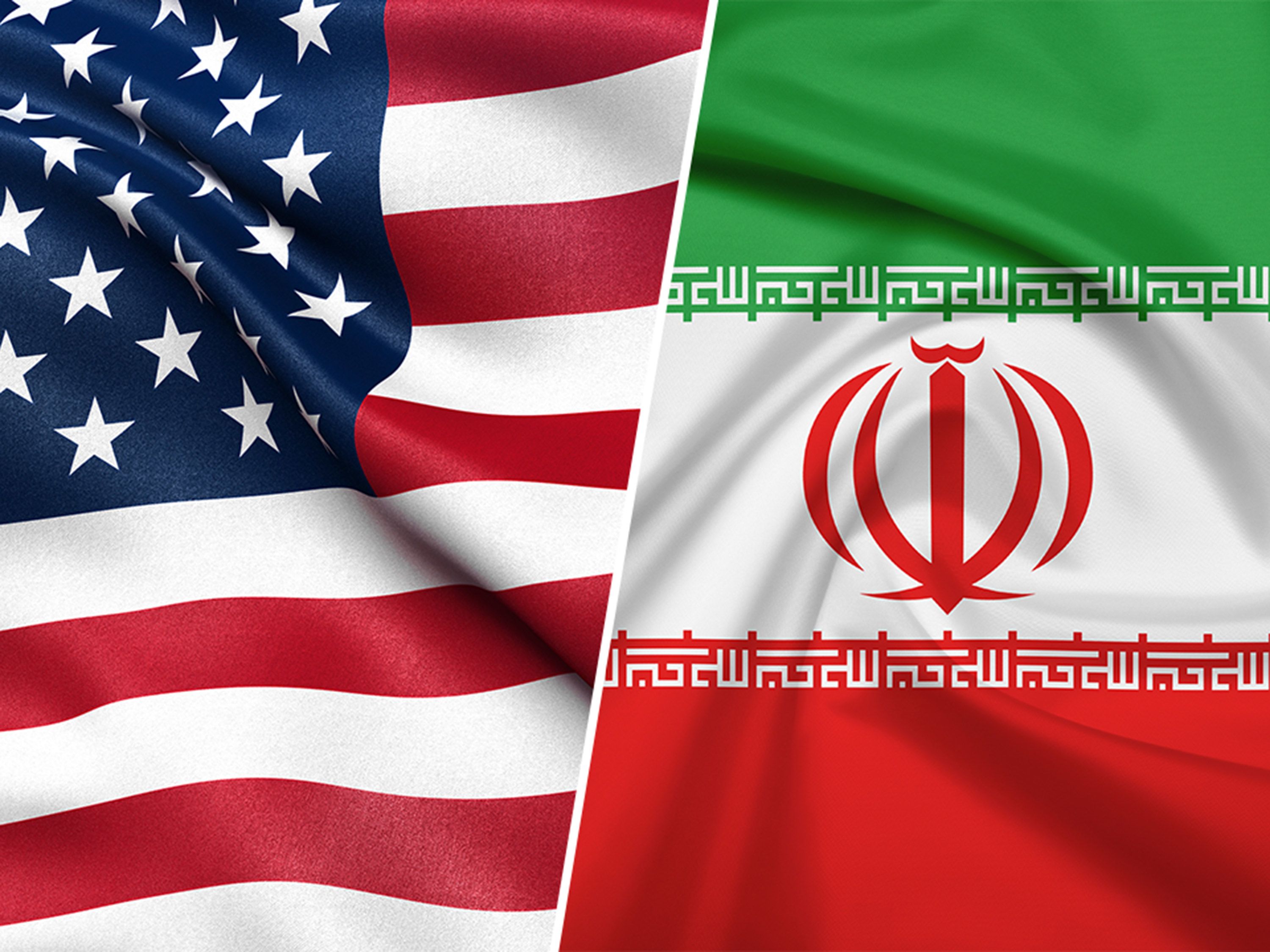Tensions and Diplomacy: The Complex Relationship Between Iran and the USA
admin September 14, 2024
Table of Contents
Toggle1. Historical Context: Roots of Tension
The origins of the strained relationship between https://sdnational.com can be traced back to the mid-20th century. Understanding this historical context is crucial for grasping the current dynamics.
- 1953 Coup and Cold War Politics
- Operation Ajax: The first significant event shaping the Iran-USA relationship occurred in 1953 with Operation Ajax, a CIA-led coup that overthrew Iran’s democratically elected Prime Minister Mohammad Mossadegh. The coup reinstated the Shah, Mohammad Reza Pahlavi, who was more favorable to Western interests. This intervention fostered long-term resentment among Iranians and set the stage for future conflicts.
- Cold War Alliances: During the Cold War, Iran was a key ally of the USA in the Middle East, serving as a counterbalance to Soviet influence. However, the Shah’s autocratic rule and human rights abuses created growing discontent among Iranians.
- 1979 Revolution and Hostage Crisis
- Islamic Revolution: The 1979 Islamic Revolution, led by Ayatollah Ruhollah Khomeini, overthrew the Shah and established the Islamic Republic of Iran. This revolution marked a significant shift in Iran’s relationship with the USA, as the new regime viewed the USA as an imperialist adversary.
- Hostage Crisis: The relationship deteriorated further when Iranian students took over the U.S. Embassy in Tehran and held 52 American diplomats hostage for 444 days. This hostage crisis poisoned relations and led to a series of economic sanctions against Iran by the USA.
2. Recent Developments: Key Issues and Events
In recent years, the relationship between Iran and the USA has been marked by fluctuating tensions and diplomatic efforts. Key issues and recent events have shaped the current state of affairs.
- Nuclear Program and the JCPOA
- Iran Nuclear Deal: The Joint Comprehensive Plan of Action (JCPOA), signed in 2015, was a landmark agreement aimed at curbing Iran’s nuclear program in exchange for sanctions relief. The deal was negotiated by the Obama administration, alongside other world powers, including the UK, France, Germany, Russia, and China.
- Trump’s Withdrawal: In 2018, President Donald Trump unilaterally withdrew the USA from the JCPOA, citing concerns that the deal did not adequately address Iran’s regional activities or its ballistic missile program. The withdrawal led to the reimposition of severe sanctions on Iran and escalated tensions between the two countries.
- Biden Administration’s Approach: President Joe Biden has expressed a willingness to return to the JCPOA and negotiate a revised deal. However, progress has been slow, with ongoing disagreements over Iran’s nuclear activities and broader geopolitical issues.
- Regional Conflicts and Proxy Wars
- Middle East Tensions: Iran’s involvement in regional conflicts, including its support for proxy groups in Lebanon, Syria, Iraq, and Yemen, has been a point of contention with the USA and its allies. Iran’s support for Hezbollah, Houthi rebels, and various militia groups is viewed as a destabilizing force in the region.
- Strikes and Retaliations: The USA and Iran have engaged in a series of retaliatory actions. Notable incidents include the U.S. assassination of Iranian General Qasem Soleimani in January 2020, which led to Iranian missile strikes on U.S. bases in Iraq. These events heightened fears of a broader military conflict.
- Human Rights and Diplomatic Relations
- Human Rights Concerns: The human rights situation in Iran, including issues related to political repression, freedom of expression, and treatment of women and minority groups, remains a contentious issue in U.S.-Iran relations. The USA frequently criticizes Iran’s human rights record, which complicates diplomatic efforts.
- Diplomatic Engagements: Despite the tensions, there have been instances of diplomatic engagement. High-level meetings, back-channel communications, and third-party mediations have occasionally offered opportunities for de-escalation and negotiation.
3. Implications for International Relations
The Iran-USA relationship has broader implications for international relations, particularly in the Middle East and beyond.
- Impact on Regional Stability
- Proxy Conflicts: The ongoing tensions between Iran and the USA contribute to regional instability, influencing conflicts in Syria, Iraq, and Yemen. The support of Iran and the USA for opposing factions exacerbates these conflicts, making resolution more difficult.
- Alliances and Rivalries: The USA’s relationship with Iran affects its alliances in the Middle East, particularly with countries like Israel, Saudi Arabia, and the United Arab Emirates. Conversely, Iran’s alignment with countries such as Russia and China influences global geopolitical dynamics.
- Global Energy Markets
- Oil Prices: Iran’s role as a major oil producer means that tensions with the USA can impact global energy markets. Sanctions and disruptions in Iranian oil exports can lead to fluctuations in oil prices, affecting economies worldwide.
- Energy Security: The stability of energy supplies and the security of shipping lanes in the Persian Gulf are concerns linked to Iran-USA tensions. The potential for conflict or disruptions in the region can have significant implications for global energy security.
- Diplomatic Strategies and Future Prospects
- Negotiation and Diplomacy: The future of Iran-USA relations will likely hinge on diplomatic efforts and negotiations. Finding common ground on issues such as nuclear weapons, regional conflicts, and sanctions relief will be crucial for improving relations and achieving a more stable international environment.
- Engagement with Allies: The USA’s approach to Iran will also involve coordination with its allies and partners. Multilateral efforts and coalition-building will be important for addressing shared concerns and achieving a balanced approach to Iran’s behavior and policies.
Conclusion
The relationship between Iran and the USA is characterized by a complex interplay of historical grievances, geopolitical interests, and ongoing diplomatic challenges. From the early Cold War alliances to the current disputes over nuclear programs and regional conflicts, the dynamic between these two nations continues to evolve. Understanding the historical context, recent developments, and broader implications provides valuable insights into the current state of Iran-USA relations and their impact on global affairs. As both countries navigate their differences, the path to a more stable and constructive relationship will likely involve a combination of diplomacy, strategic engagement, and collaboration with international partners.





